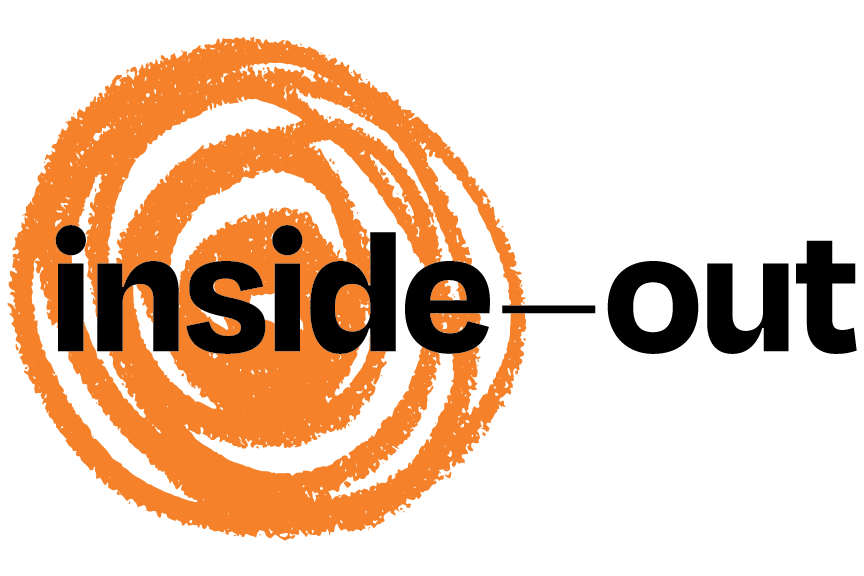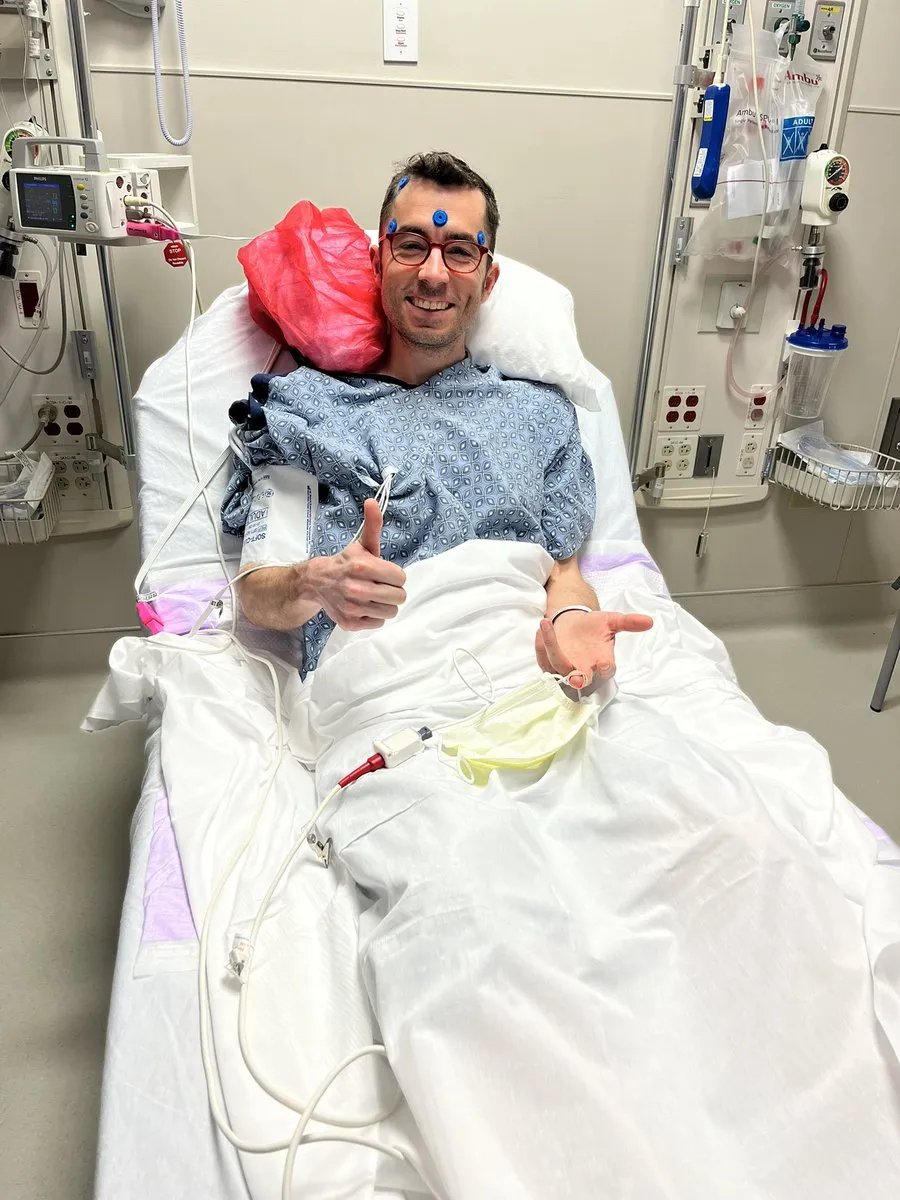My friend, Ryan
Welcome entrepreneurs. I’m so glad you’re here.
The purpose of this newsletter has historically been 90% to explore meaningful topics around leadership and human development and 10% to process things in my life that have impacted me.
I know that you’re mostly here for the 90%, but I so appreciate those occasions in which I can share with you something personal.
Today’s post is one of those personal 10%.
Thanks for reading.
My friend, Ryan
Sometimes, if you pay attention, you meet some truly special people in this world.
A good friend of mine, Ryan Weaver, is one of those people. He recently learned that he has aggressive glioblastoma (incurable brain cancer), and he’s dying.
Ryan’s my age (late 30s). He’s the father of my oldest son’s close friend, Beckett. He and his wife Leanna are the type of people who bring homemade pastries to their coworking space without waiting for an occasion. The type of people who plan elaborate scavenger hunts and obstacle courses for all the neighborhood kids for fun, but also to give the parents in their community some alone time on a Saturday. The type of people who brighten a room without trying, but choose to try anyway…just because they can.
It’s incredibly unfair that this is happening to Ryan, Leanna, and Beckett. But they’re special people. And it is no surprise that Ryan is the most optimistic person in the world right now, lifting everyone else up even while he needs help.
–
My wonderful editor recently clued me in about Ring Theory, which I’ve found tremendously useful when it comes to navigating crises like this. When a person is in crisis, it’s really normal for the people around them to feel grief, fear, or loss (I certainly do in this case). But if you’re not careful, it’s easy to inadvertently make your own stuff the focus of attention, rather than directing your energy to the person/people who need it post.
Ring theory provides a framework for being more intentional about how and where you process and express your own feelings, while also respecting and supporting the people you care about. Here’s how it works:
Draw a circle. This is the center ring. In it, put the name of the person at the center of the current trauma. Let’s call them Samantha. Now draw a larger circle around the first one. In that ring put the name of the person next closest to the trauma. Say it’s Samantha’s husband, Ralph. Repeat the process as many times as you need to. In each larger ring put the next closest people. Parents and children before more distant relatives. Intimate friends in smaller rings, less intimate friends in larger ones.
Here are the rules.
The person in the center ring can say anything they want to anyone, anywhere. That’s the one payoff for being in the center ring.
Everyone else can say those things, too, but only to people in larger rings.
What this means is that when you are talking to a person in a ring smaller than yours, someone closer to the center of the crisis, the goal is to help.
If you want to scream or cry or complain, that’s fine. It’s a perfectly normal response. Just do it to someone in a bigger ring.
Comfort IN, dump OUT.
Cancer sucks. It sucks especially when it happens to the best people. When someone is as loved as Ryan, everyone hurts to see them hurt. That’s normal (talking to myself here). But I’ve found this framework immensely helpful as I’m processing my own stuff. I don’t bring my stuff to Ryan, his family, or anyone in a ring smaller than mine. Instead, I look to Laura and my men’s group when I want to dump or need comfort.
Then when it comes to interacting with those in the inner circles, my role is to HELP THEM. Emotionally, financially, in every way I can.
Ryan, of course, is breaking Ring theory with his relentless optimism (see ridiculous pic below), but he gets to do whatever he wants, so that’s ok. That shouldn’t keep the rest of us, in various levels of circles, from doing our part.
And Ryan does need help. Leanna and Beckett need help, too, even while they remain a beacon of positivity and light for so many. Ryan’s got an expensive (and hopefully long) battle ahead of him, and a wonderful family to take care of, even while he confronts the reality that he’ll at some point leave them behind.
If you’re in a position to do so, and are so inclined, I’d ask that you consider supporting their GoFundMe, linked here and in the image above. Or if you’re a software developer, consider supporting their business. Or simply send comfort in whatever way you can.
It makes a huge impact. Even $20.
Because, unfortunately, we’ll all have our time in the center of the circle at some point.
Thank you.
Want to dive deeper?
If you liked this, check out this list of my top posts, read and shared by thousands of entrepreneurs.
Here are a few of my favorites:
The secret to leadership (why authentic leadership is simply more effective)
How to pitch a big vision to investors without setting yourself up to let people down
Executive Coaching for Entrepreneurs
There’s a reason every elite athlete in the world works with a coach. You need more than one perspective to see your best work.
I’m an executive coach and the founder of Inside-Out Leadership, a boutique leadership development agency that supports entrepreneurs to step fully into their lives, and transform their companies into their masterpieces.
Leveraging 15-years as a founder/CEO, along with deep training in mindfulness, psychology, Neurolinguistic Programming, psychedelic integration and more, I have helped leaders from some of the fastest growing companies and VC funds in the world design a more conscious life and make key changes to improve their performance and satisfaction.
I coach leaders how I want to be coached:
Focused on the person, not the role.
Focused on results, without the fluff.
To learn more about working with me, click here.

